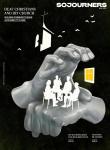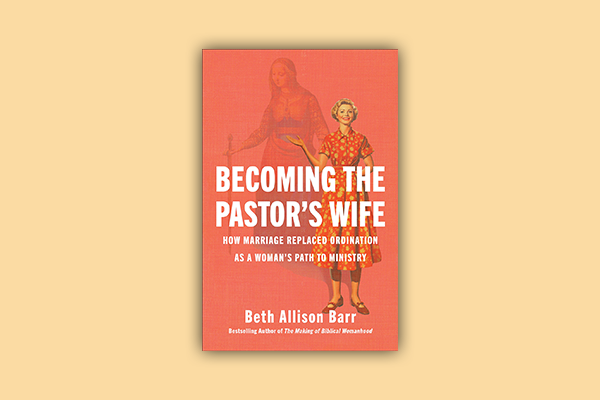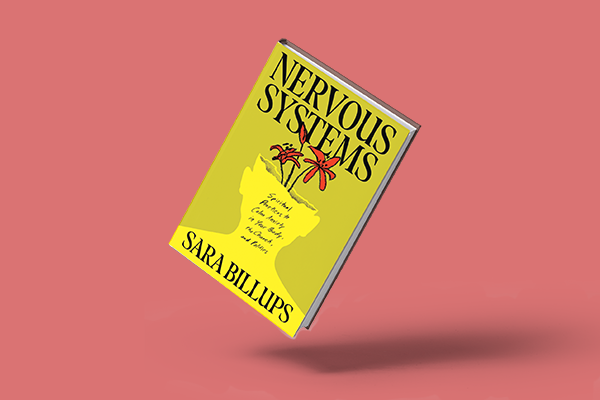AS AN ORDAINED female minister, I was somewhat hesitant picking up Beth Allison Barr’s Becoming the Pastor’s Wife; it sounded like a story I have gone to great lengths to leave behind. Her work indeed transported me back to my days within the complementarian Southern Baptist Church, a time when I continually received messaging that, as a woman, my status was secondary to men.
Sometimes though, revisiting the pain can help to heal and integrate the wound. Barr, a professor of history, proves to be a worthy healer. I already knew that the story we’re often told about women in church leadership (i.e., they never serve as pastors) simply isn’t true, even in Southern Baptist history. What I didn’t know was just how very untrue.
Barr begins by identifying biblical church leaders such as Prisca, Junia, and Phoebe, then explores women in medieval Christianity, highlighting, for example, the impressive leadership of Milburga, a Benedictine abbess, who Barr argues functioned “like a bishop, which is why depictions of her include a crozier.”
Barr also winds her way through Southern Baptist history, making it irrevocably clear just how many leadership roles women have played in the church, including preaching, teaching, and pastoring.
A pastor’s wife herself, Barr is in no way against them (“I have loved being a pastor’s wife,” she writes), but she demonstrates the double-edged sword of the mostly recent rise of “pastor’s wife” as a semi-official role in the SBC. While the role has allowed many women to fulfill their giftings and callings where they might otherwise have been barred, the pastor’s wife role has also kept women from being fairly acknowledged (and compensated!) as ministers. Becoming the Pastor’s Wife, she explains, “is the history of how Christian women gained a new and important leadership role. But it is also the history of how this gain came at a cost for women too.” In her chapter “Two for the Price of One,” she writes, “labeling the contributions of a pastor’s wife as ‘ministry’ or ‘service’ doesn’t erase the reality that a pastor’s job often includes the unpaid labor of his wife.”
While Barr is open and vulnerable about the challenges of being a pastor’s wife with an academic career of her own, I also wonder about the double edge of that — whether the pastor’s wife role also shields her from scrutiny of a different kind by providing a nonthreatening cover for her research. Barr’s identity as pastor’s wife grants her access and respect. Others, such as queer women like me, have been ousted from the conversation altogether.
I believe the failure to respect women in the pulpit fosters a culture that will also mistreat and silence victims of abuse, so I appreciated Barr’s work uncovering “a story connecting the dots between a gender theology that rejects women’s independent pastoral authority and a culture that privileges male clergy over clergy abuse victims.” The story she weaves of Maria Acacia, an abused pastor’s wife whose husband is never held accountable, will haunt me for years.
Female ordination in the SBC has a very mixed history — much of it degrading to women but some of it surprisingly affirming. As Barr writes, it’s easy for her to imagine a world in which women serve in every capacity in the church, the SBC included, because it’s already happened.

Got something to say about what you're reading? We value your feedback!







